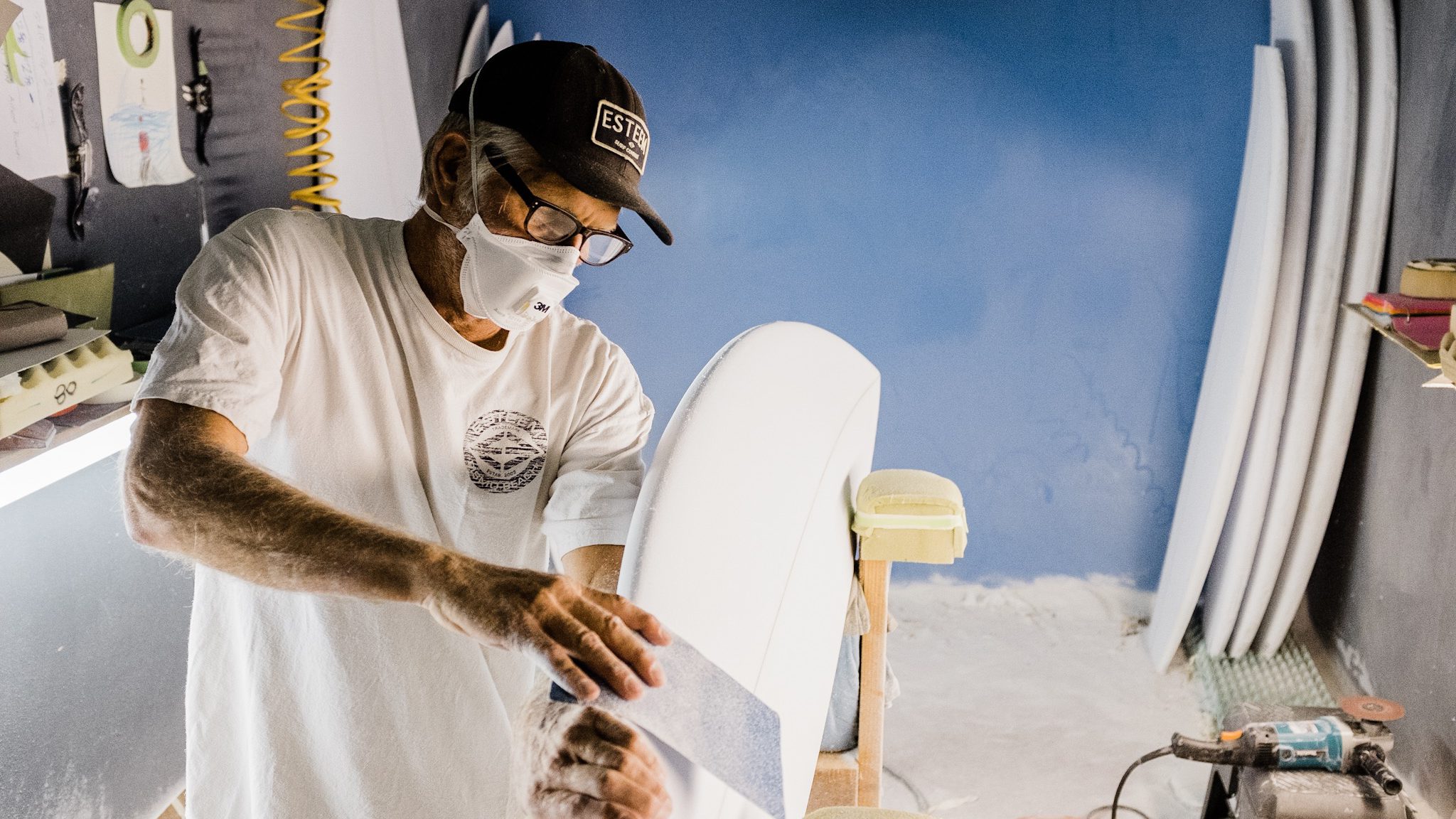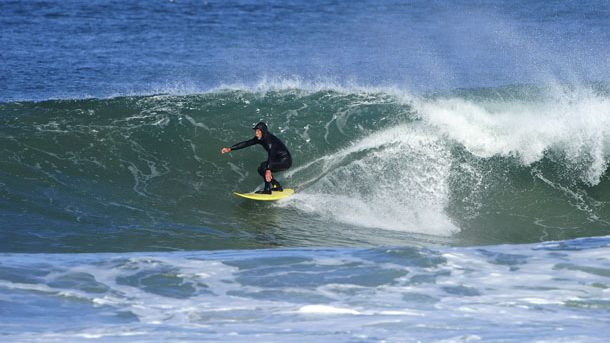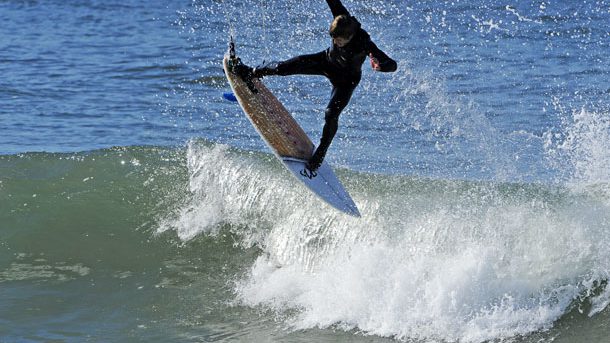After graduating high school early, Wahl was a surfing pioneer who left for Kauai in the spring of 1971 where he learned to ride the Hawaiian Juice. Later that year, and before surf travel became the craze and obsession of the modern surfer, he began a ten-year surf mission from Panama to Canada, and almost every place in between that was accessible.
Twice he drove through Central America, scoring un-crowded waves in front of local beach residents who had never in their lives seen surfing.
As for shaping and learning how to make the best surfboards of the day, Wahl’s career careened upon both the opportunity to make mistakes as well as an opportunity to think outside the box.
“The late ‘60’s and ‘70s on the Central Coast was a sort of no-mans-land, if you know what I mean. Southern California had a huge shaping population on the rise, and so they were able to see what each other were doing regularly in and out of the water. Well, up here, on the Central Coast, there really wasn’t anybody to bank your ideas off, so it was more of a ‘shape as you go,’ trial and error learning experience. In one way, my progression was probably a little bit slower because of that, but in the long run, I have been much better off, especially in pushing my shapes because when I made all of those mistakes, I figured out what every inch of a surfboard could and would do when adding or subtracting all the different features: thickness, concavity, rocker, foil, etc.
“By learning through my own mistakes, I really learned a lot more”
“The other major influences in my shaping career, again because I wasn’t in Southern California, came from all these other surfer/shapers I was meeting in my travels. Instead of just one school of thought from a niche in California, I was meeting shapers from all over the world who were bringing ideas from every corner of the surfing planet. I was able to obtain a vision of a more global way of pushing surfboard shaping. This was invaluable to me.”


